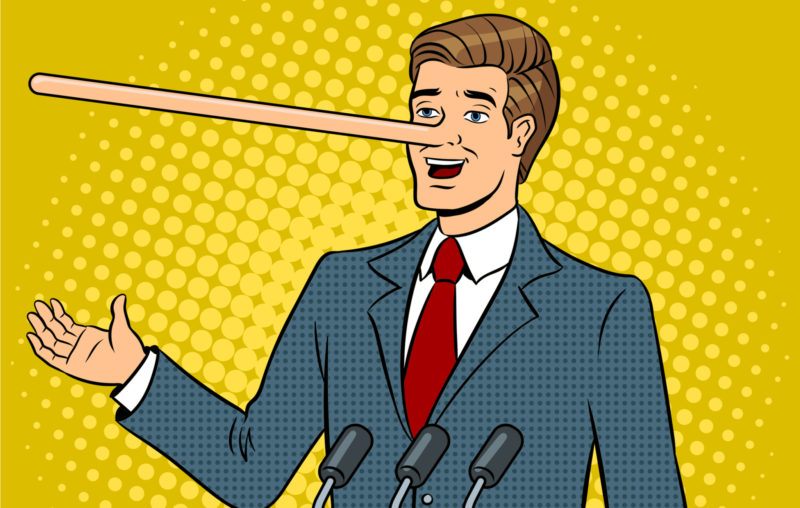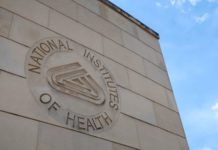I went with scam science in the title partly because of the alliteration but mostly because Steve Milloy already claimed junk science.
His Junk Science Judo (and website), Julian Simon’s Hoodwinking the Nation, Matt Ridley’s The Rational Optimist, and Thomas Sowell’s Intellectuals and Society are must reads if you are struggling, as I continue to do, with the world’s wacky reaction to the not-so-novel coronavirus that causes COVID-19. For those with insufficient time or inclination to read a thousand pages, I offer my synthesis here.
Don’t get me wrong, COVID-19 is a very, very serious disease for the aged and those with comorbidities. But it was never serious enough to merit locking down much of the world’s economy for months on end. Even an outbreak of smallpox or the Black Death would not have merited that blunt, top-down, one-size-fits all response. (Incidentally, while smallpox has been eradicated from the wild, cases of the bubonic plague still plague the western United States. No joke! This map is from the CDC, so it “has to be” correct.)
The socioeconomic and health effects of the lockdown are far-reaching temporally, geographically, and environmentally and will take years to sort out carefully. For example, while some cheer that fewer critters have been killed by vehicles because of the lockdown, few policymakers realize that right now in Africa a wildebeest or gazelle is being torn to shreds by a pack of ravenous dogs (Canis familiaris) that their owners can no longer afford to feed. (Fewer still realize that animals not hit by cars are likely soon to be mauled by a natural predator or killed by disease/starvation anyway. Not many expire from old age.)
What was also not-so-novel about the COVID crisis was its origin in scam or junk science. John Ionnnidis, one of the leading critics of weak scientific work, jumped right in to alert people and policymakers about the many problems with various predictive models but he was largely ignored despite being one of the most highly-cited scientists alive. That is actually not unusual. Even before the publication of Rachel Carson’s Silent Spring in 1962, Americans have been inundated with alarmist “scientific” claims that have not held up to close scrutiny. The problem is, they always hear about false claims but almost never hear about the retractions and whispered mea culpas (Latin for “my bad”). The net effect is undue pessimism about the state of the world.
Most scientific scares are rooted in the extrapolation of current trends to the point of disaster or desolation with no thought given to the possibility of cyclicality, natural limits, or behavioral changes. Ridley jokes about the nineteenth century prediction that by 1950 the streets of London would be ten feet deep in horse manure. Unfortunately, real scam science is no laughing matter. Here is a partial list:
Love Canal and Other “Cancer Clusters:” Love Canal refers to a housing development built near an improperly capped toxic waste disposal site in Niagara Falls, New York, where the media reported a cluster of cancer cases. It turns out, though, that cancer clusters are random events simply more salient than places where, again by sheer luck, cancer is rare. Most cancers, it seems, are not caused by man-made chemicals. Many more carcinogens lurk naturally in foods like cabbage and coffee than in pesticides.
Dioxin, the main chemical culprit at the Love Canal site, was claimed to be so toxic that 3 ounces of the stuff would kill one million people. When 3 pounds of it was accidentally spread over a 700-acre town near Milan, Italy in 1976, though, the worst that came of it were cases of acne, even in the resident who had the highest level of the substance ever found in a human body. A 1983 study also showed that a control group had higher levels of chromosomal damage than Love Canal residents! Nevertheless, environmentalists tried to prevent people fully aware of Love Canal’s history from moving back in.
Radon Panic: Radon sounds scary because it is a radioactive gas. It comes from uranium deposits and its “daughters,” the isotopes produced by its decay, like polonium, pose a real risk to uranium miners. The risk to homeowners, though, was never clear, so the media easily hyped it in the 1980s into a full blown scare labeled “The Colorless Odorless Killer” by Time. Like SARS-COV-2, radon wasn’t really novel but the ability to detect it in the small quantities found in most homes was. The so-called precautionary principle kicked in and the next thing you know the EPA mandated testing and set a limit of just 4 picocuries per liter of air even though miners exposed to 12,000 picocuries showed no adverse health effects, forcing homeowners to spend billions on radon mitigation technologies. (If you think that spending helps the economy, read this.)
Peak Oil: Remember when the earth was proclaimed to be just a few years away from maximum oil production and a rapid rise in oil prices followed by a production collapse due to an absolute dearth of the stuff? It didn’t happen and does not appear likely to anytime soon. Production recently declined along with prices but due to a demand shock, the covidic global economy, not vanishing reserves. The world will stop using petroleum when its price rises above the price of substitutes, just like it stopped using whale oil when its price went above that of petroleum. Likewise, the Stone Age did not end for lack of stone.
Superstorm Hell: Global warming was supposed to cause a spate of tropical superstorms that would wipe out coastal areas time and again. Some big storms have hit and were hyped to the sky but there is no indication that they are any larger or more frequent than in the past.
Air Pollution Armageddon: For all the talk of Greens, one would think that air quality is steadily degrading. In fact, carbon monoxide, nitrogen oxide, sulphur dioxide, and various volatile organic compound emissions have been steadily decreasing for decades. Remember smog? Not many do, even in Los Angeles, the city with the worst air quality in America. But even in the City of Angels nobody dons gas masks anymore, except to slow the spread of novel coronavirus of course.
Turns out that “acid” rain, which sent me scurrying inside as a yute in the 1970s and 80s, was just slightly more acidic than regular rain. Although some predicted that acid rain would destroy all the forests in Germany by 2002, acidic rain did little to no net environmental damage then and has since become as rarified as smog.
And what happened to the “hole” in the ozone layer that Neil Young ranted about in his 1989 song “Rockin’ in the Free World?” and that Newsweek likened to “AIDS in the sky?” It was always seasonal and limited to the earth’s three “poles” (North, South, and Himalayas) and now scientists say it is “closing,” showing that environmental “damage” need not be permanent. The ban on the main human-produced causal agent of ozone depletion, chlorofluorocarbons (CFCs), was relatively easily achieved because cheap substitutes were available. To this day, however, scientists have not shown that the “hole” was primarily man-made or that it caused any ill effects on humans or any ecological systems. And because CFC substitutes are less energy efficient, they may contribute to global warming.
And that is just “hard” sciences like chemistry and physics. When we move into the biological and social sciences and nutrition, we encounter failed prognostications like:
Overpopulation: In middle income and rich nations, people are having fewer children, not more. Food production has outstripped demand, leading to lower food prices and more obesity, not starvation, in richer countries. Even in poor countries, famines are now rare and caused by governments, not absolute dearth. Even the fake New York Times now says that the human population will peak earlier than expected, in 2067 at fewer than 10 billion.
Ecological destruction: Ecosystems were supposed to collapse, leading to mass extinction. Instead, where property-rights have supplanted open commons, as with catch shares, natural resources like fisheries have stabilized and even rebounded. Many places in the United States sport too many deer, turkey, and wild hogs. The beepocalypse had no sting. Imagine that.
Robert E. Wright – American Institute for Economic Research – July 17, 2020.




